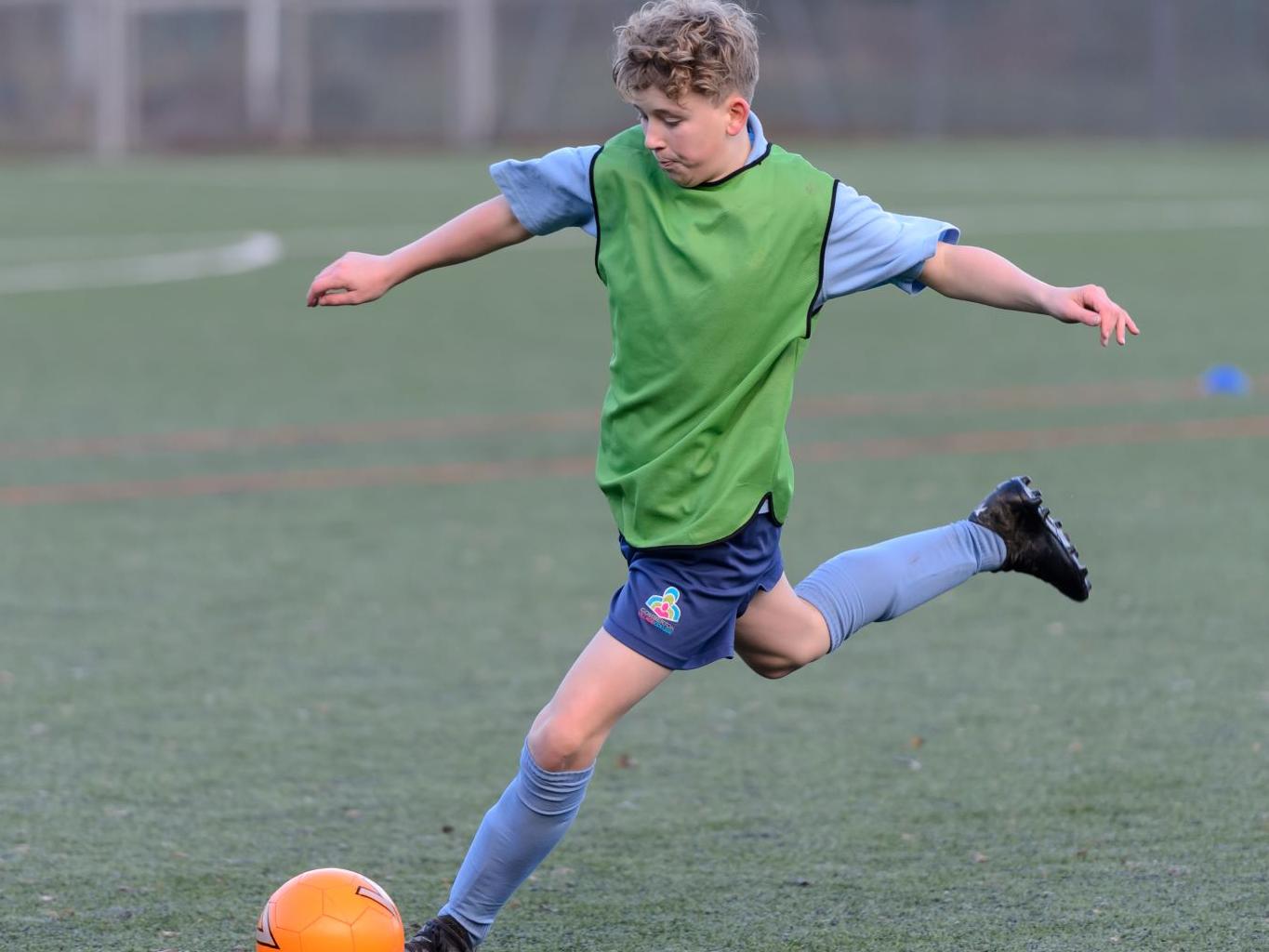Sport England’s latest Active Lives Children and Young People Survey shows teenage boys were hardest hit by the pandemic but girls became more active as they found alternative ways to be active.

Across the whole academic year, boys (47 per cent or 1.7m) remained more likely to be active than girls (43 per cent or 1.5m), with a gap of 213,000.
However, girls adapted better than boys to the challenge of the coronavirus pandemic.
Boys’ activity levels fell over the summer term by 6.4 per cent, with just under 200,000 fewer boys meeting the recommended level of activity across mid-May to late-July compared to the same period 12 months earlier.
This is perhaps unsurprising given boys are more likely to take part in organised activities such as teams sports and, whilst training sessions returned in June, organised sport did not return until July.
During the summer term, girls’ activity levels increased by 2.4 per cent, with just over 100,000 more girls meeting the recommended level of activity across mid-May to late-July compared to summer 2019. The increases were concentrated mostly amongst the teenagers and the youngest girls.
Overall, this reflects that girls adapted well to alternative activities with increases in ‘fitness’ and walking.
Enjoying taking part and knowing how to get involved dropped for boys but not for girls. As girls haven’t shown any drop for enjoyment, this might also explain why activity levels generally held up better.